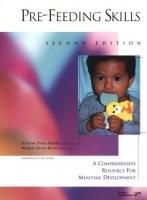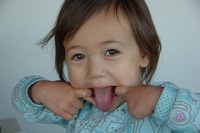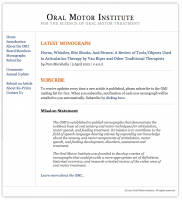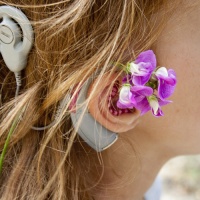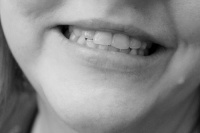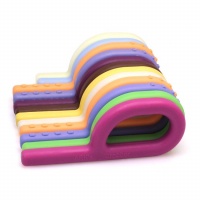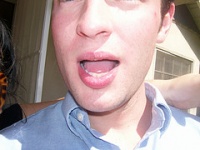
Q: My client lowers the jaw too much when he speaks, and he has a frontal lisp. He tends to clench the jaw when I tell him to hold the jaw up. I may have taught him this when using a bite stick to position the jaw. Not sure what to do now. As you have discovered, making a strong crushing bite on a firm object is not what he needs. The term “jaw stability” does not mean “jaw rigidity.”…

